In this guide dedicated to home automation we will close the circle and see together the steps for building a basic configuration: what do you need? Let’s find out
What is home automation? We have already explained it to you in its most appropriate place (click here!), but if we wanted to summarize home automation it is the science that aims to adapt all the living environments of human beings to make them more intelligent, livable and sustainable (saving money is always good! ). And if in the past it was a quirk of technophiles, in more recent years home automation has managed to literally enter everyone’s homes: admit it, everyone of you reading this has at least one Alexa Echo Dot at home, who is asked to play some music or summarize the day’s news. And if by chance you would like to expand this small basic configuration of a home automation system, in this dedicated guide you may find some advice that is right for you.
Some basic advice before starting
First, let’s start with some basic tips. To get started, we recommend that you use a small number of devices, to be gradually increased according to your needs and, above all, your budget. Choose an expandable system that is compatible with new devices that you may want to add in the future: compatibility, we’ll talk about it later, is a fundamental factor, because not all electronic gadgets can collaborate easily with each other and you could find yourself stuck with a device that you cannot use. In the end, It is very important to protect your Wi-Fi network, because security is the basis of home automation. Protect your network with a strong password and, above all, always remember to enable two-factor authentication for access to the central hub and the mobile application.
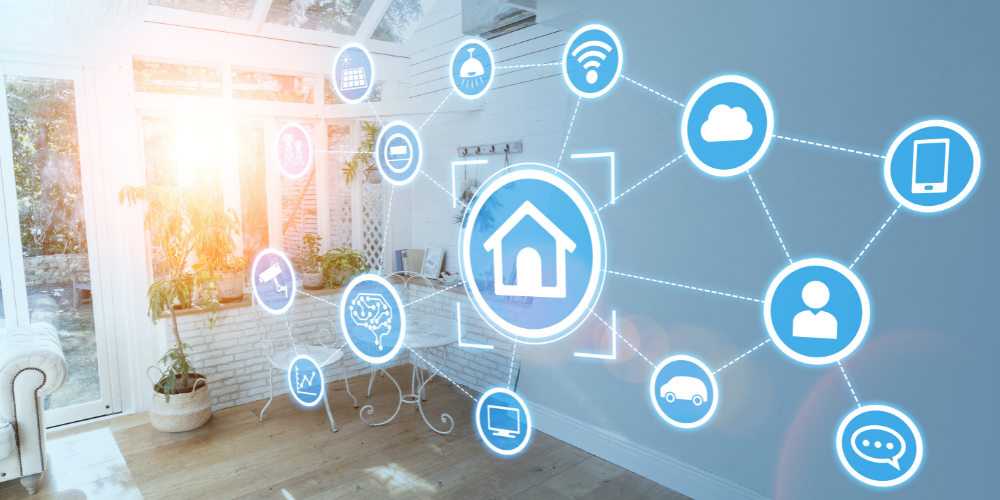
Basic configuration: the basic components for a home automation
As mentioned, home automation offers the possibility of making your home smarter, more comfortable and safer. To start and create a basic configuration, you will necessarily need three components:
Home automation hub
The home automation hub is the heart of the system that connects and manages intelligent devices together. To choose it, you will have to take several factors into consideration:
- Compatibility: Make sure the hub is compatible with the devices you want to integrate. There are hubs compatible with a wide range of products, such as Amazon Echo Plus, Google Home Hub or Samsung SmartThings Hub.
- Functionality: Evaluate the various features offered by each hub. Some include support for voice commands, integration with virtual assistants like Alexa or Google Assistant, Zigbee or Z-Wave connectivity for compatibility with a wide range of devices, and the ability to manage complex scenarios of different types.
- Prezzo: also consider the price, there are hubs of any range and the price varies based on the features offered.
Smart devices
There is a wide range of smart devices that you can connect to your home automation hub. Obviously, among the first to come to mind we find the smart LED bulbs, with which it is possible to create the desired atmosphere in each room by changing the strength of the lighting and the color, as well as automating the switching on and off of the lights. The same can be done for the temperature, by installing a smart thermostatwith which you can regulate the temperature of your home by programming the heating and air conditioning according to your needs and, above all, saving electricity.
We also find the smart electrical sockets, which allow you to control the power supply of any connected device, monitoring consumption and also automating the switching on and off of household appliances. Finally, our guilty pleasure, smart locks: you can lock and unlock the door of your home remotely, control access and receive notifications in case of suspicious activity. And above all, you will no longer have to have doubts of any kind while you are at work and do not remember whether you have locked the key or not.
Sensors
Among the various types of sensors that you can combine with your home automation in a basic configuration, we find:
- Motion sensor: detects the presence of people in an environment and activates automatic scenarios, such as turning on the lights when you arrive;
- Temperature and humidity sensor: you can monitor the climate in your home and adjust the thermostat accordingly;
- Opening/closing sensor: ability to check the status of doors and windows and receive notifications in the event of intrusions;
- Flood sensor: Ability to protect your home from damage caused by water leaks
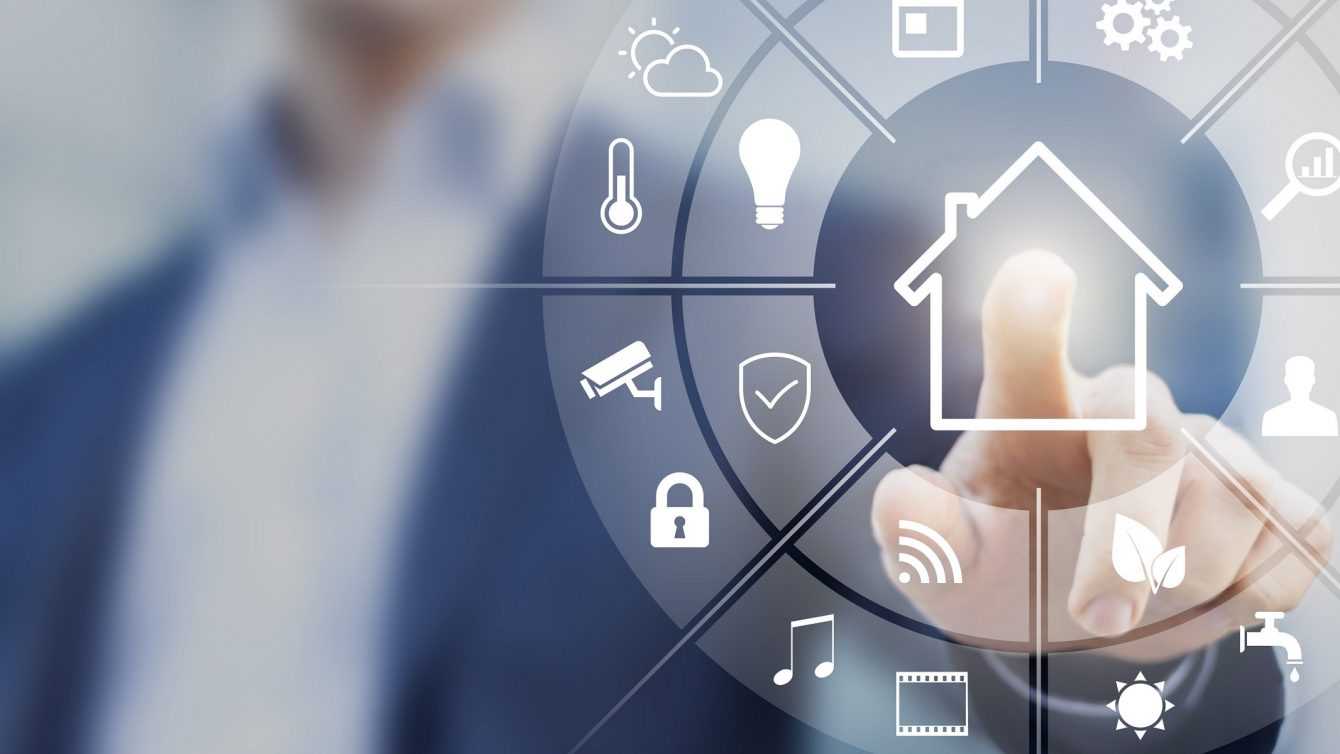
Mobile app: what is it for in a basic home automation setup?
Just as the home automation hub is the beating heart of your system, the application is essential for controlling and monitoring your home automation. The mobile app allows you to:
- Turn smart devices connected to the hub on and off
- Adjust device settings
- Create automatic routines
- Monitor energy usage
- Receive real-time notifications
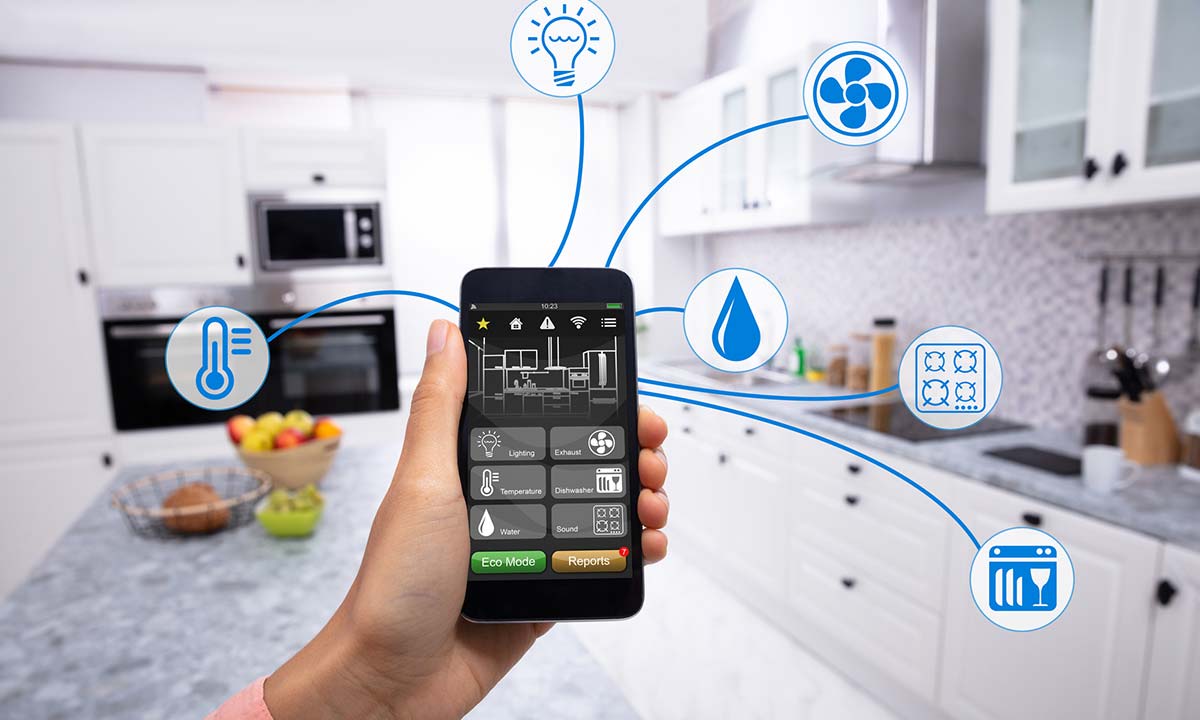
Basic configuration of a home automation: step by step guide
Below we want to summarize what we have already expressed in this guide, recommending the six basic steps for a quick configuration of your first home automation home:
Integration with virtual assistants
You can integrate your home automation system with virtual assistants such as Alexa, Google Assistant or Siri, to be able to control every aspect of your home with simple voice commands. You will therefore be able to turn on the lights, adjust the temperature, check the status of the devices and much more simply using your voice!
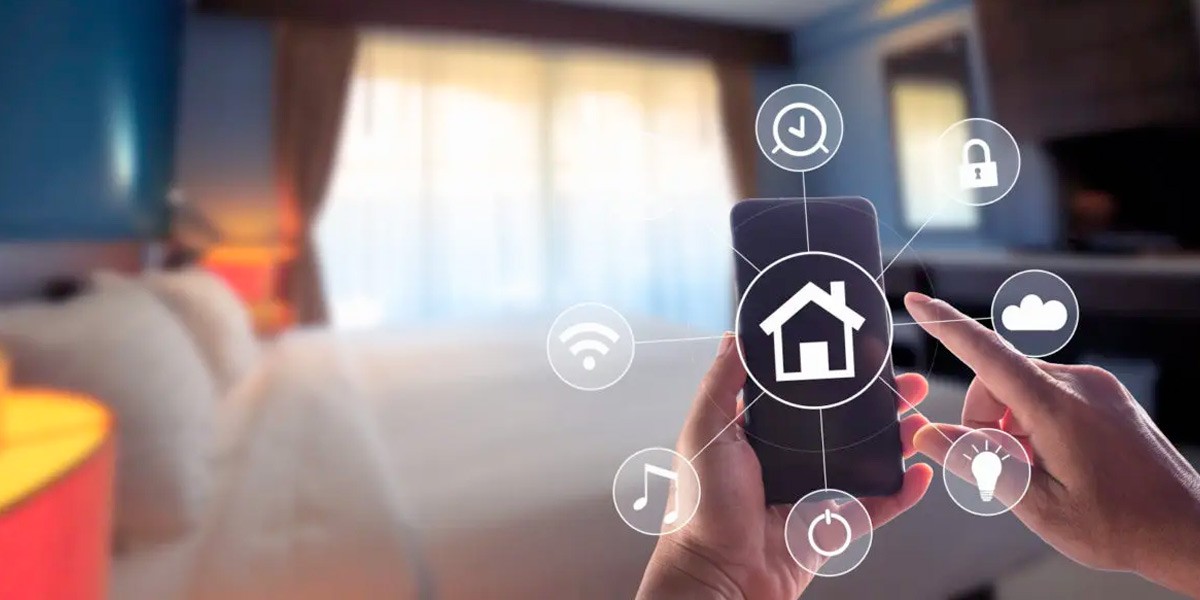
Conclusions
And that’s all we can tell you to help you with the basic setup of a home automation system. Let us know what you think below in the comments and stay tuned with us at techgameworld.com for all the guides on the world of technology. 360°!






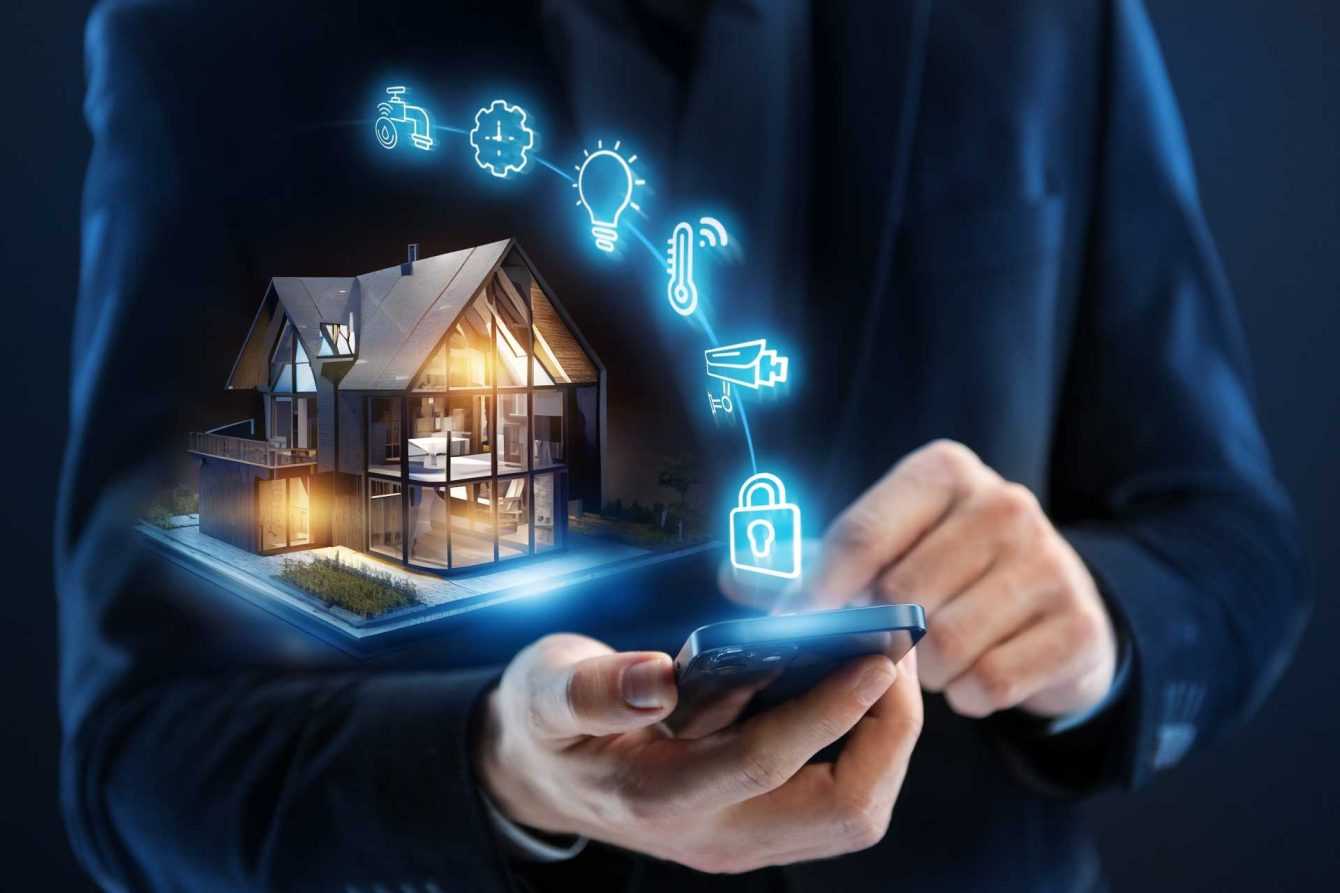





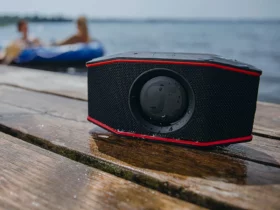
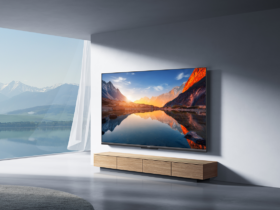
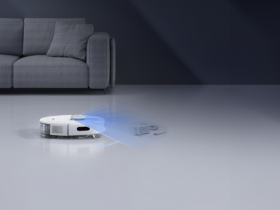
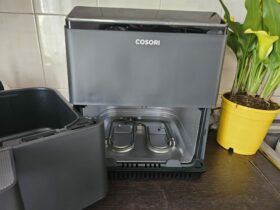
Leave a Reply
View Comments